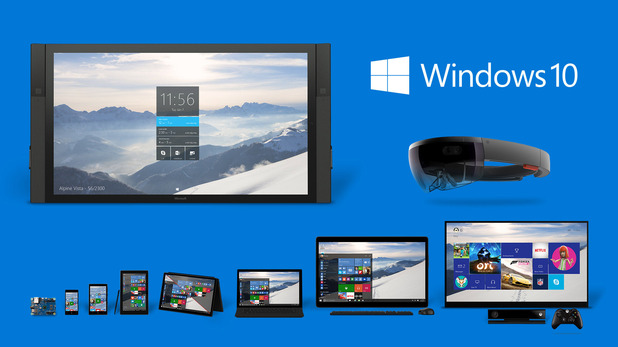Soon we could "wear" Windows 10
 There is a lot more to the concept of Windows 10 as a unified operating system, than what meets the eye. “Unified operating system” seems to be the buzz-word of the day, but in this instance, it’s really worth looking into its meaning.
There is a lot more to the concept of Windows 10 as a unified operating system, than what meets the eye. “Unified operating system” seems to be the buzz-word of the day, but in this instance, it’s really worth looking into its meaning.
As users, we are all a bit set in our ways, thinking of Windows as synonym of the classic desktop operating system, stationary, monolithic, mostly due to a legacy that goes back to a time when desktop PCs were all we had, from a consumer standpoint.
With Windows 10, that notion is now starting to crumble, as the new Windows is far from being stationary or monolithic. In fact, it could very well turn out to be the most flexible commercial operating system on the market.
In a recent interview at the Mobile World Congress, Windows Phone director Greg Sullivan has confirmed that “...This notion that Windows 10 scales down to wearables is absolutely true...”.
Sullivan further explained how Windows 10 is designed to scale from the smallest displays and devices, up to the largest supercomputers.
With the release of Windows 10, developers will find themselves no longer bound to a particular platform, such as in the case of having to develop separate apps for mobile and desktop environments. The development of Universal Apps will constitute a huge incentive for app makers, looking to expand their reach across the widest array of devices, from fitness bands to smart TVs.
Windows 10 will be everywhere
The strategy behind a unified operating system is built on four new markets expected to see exponential expansion within this decade:
Automotive
In-dash entertainment, climate control, and security are rapidly becoming areas of interest, by tech giants like Apple and Google, who already have began pioneering into a future of connected cars.
Health
Microsoft has began working on its own take of Apple HealthKit. Microsoft Health is meant to work with an increasing range of Windows devices, such as health trackers and exercise machines.
Home automation
Many smart appliances, with or without a graphic interface, are expected to run Windows 10, as their core operating system.
Enterprise
From point of sale devices, including mobile payments, to corporate network infrastructure and BYOD security, Microsoft Windows 10 is likely to simplify the organization of many workplace environments.
At its current stage, Windows 10 seems very close to a stable build, which makes us hopeful for a possible summer release of the new operating system.